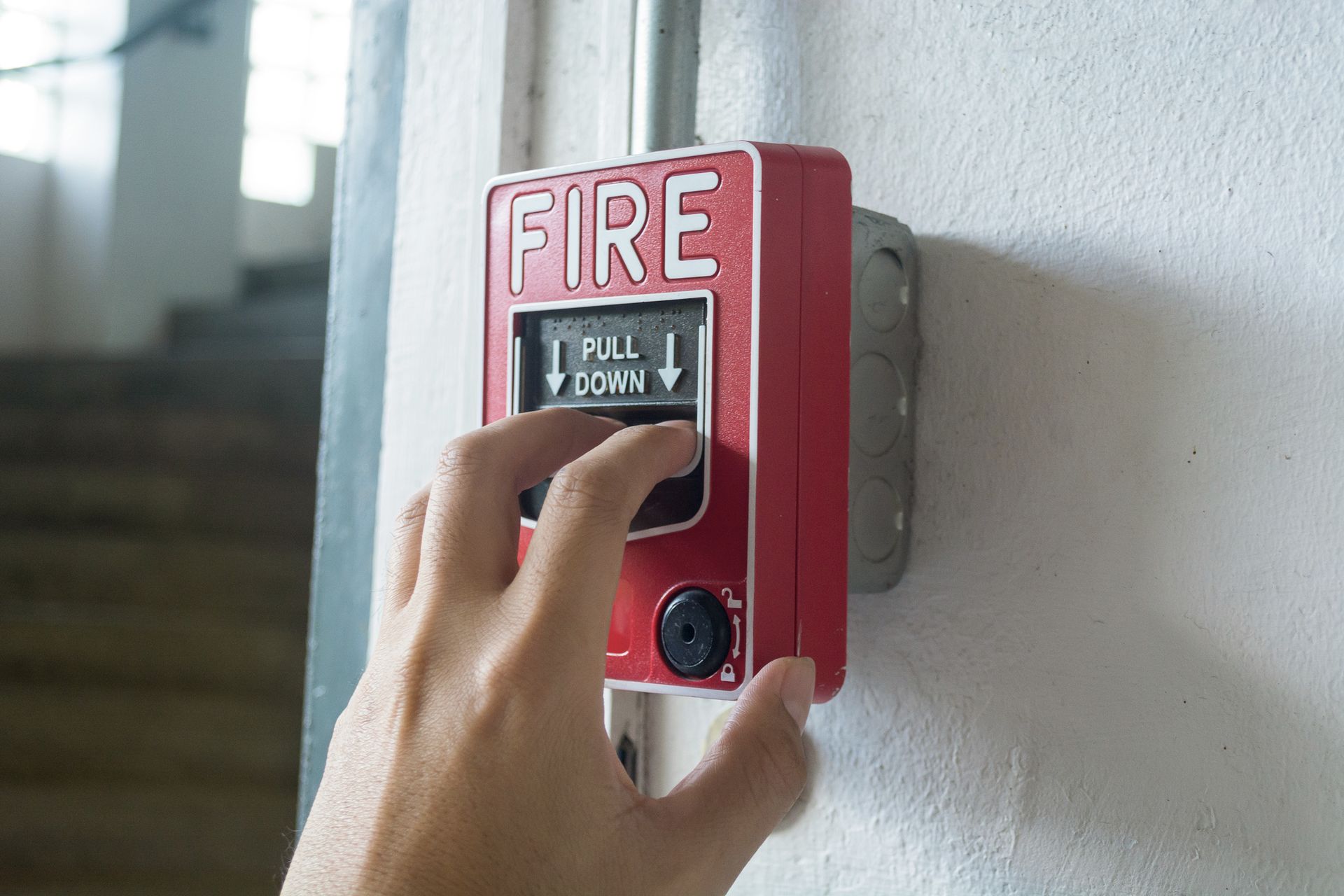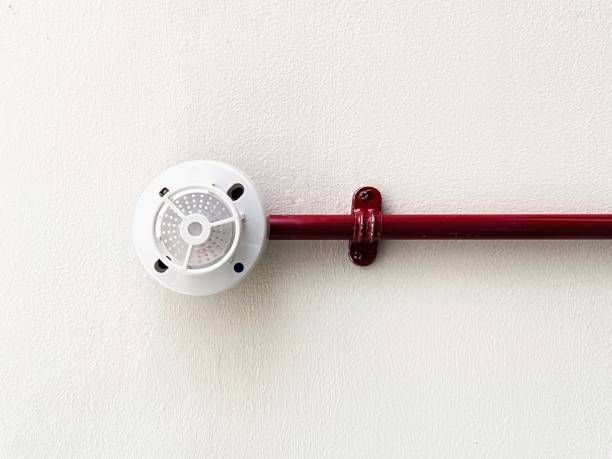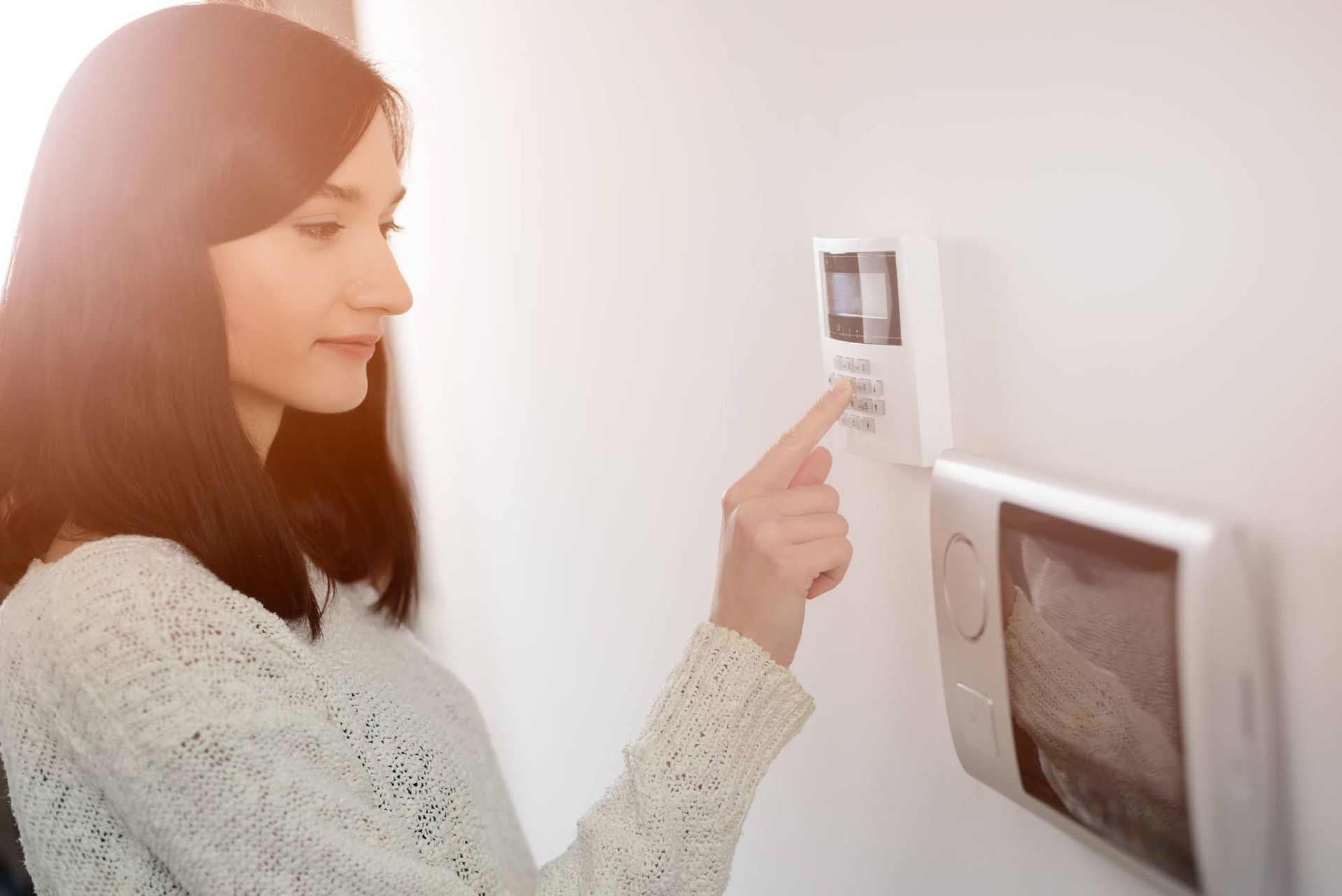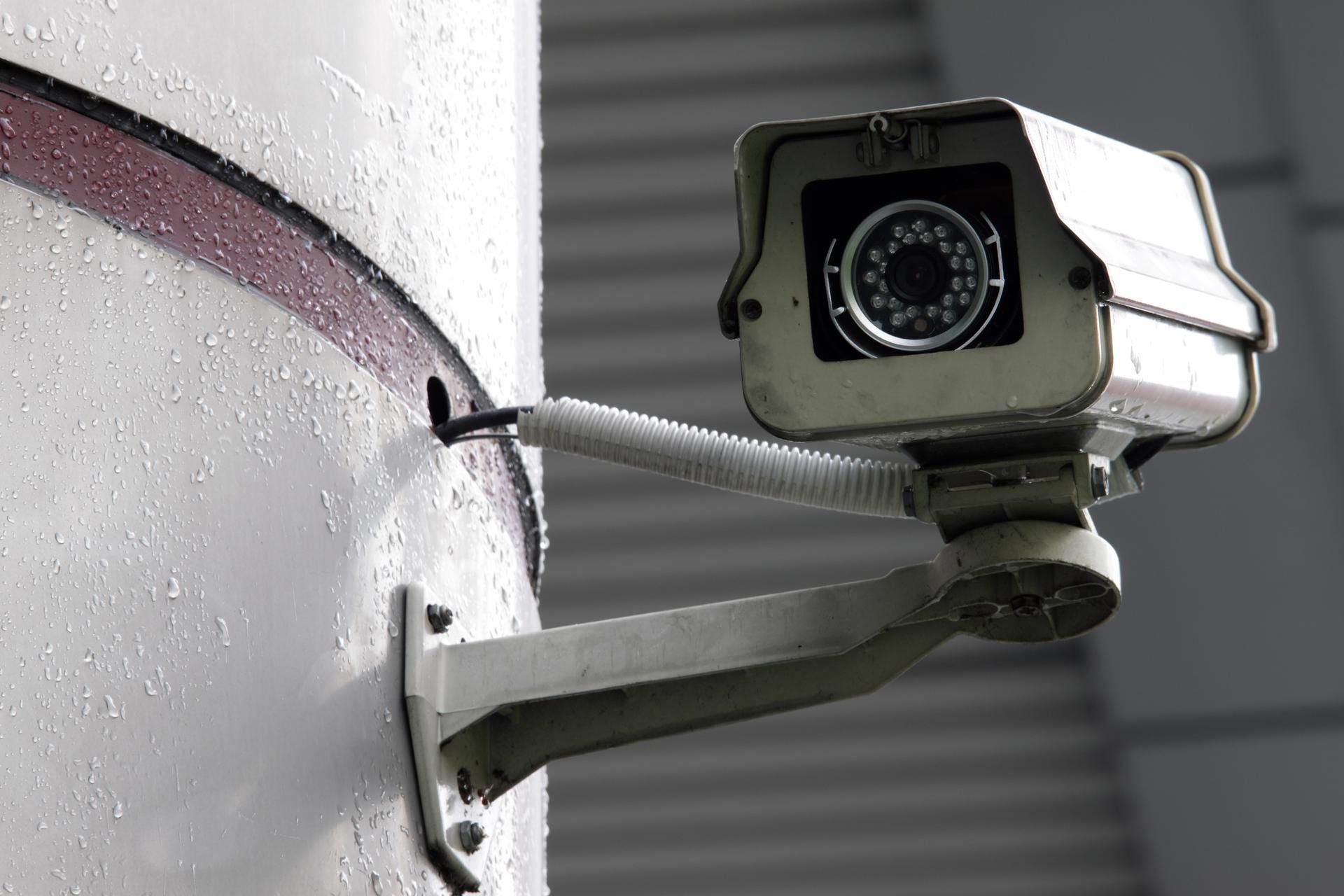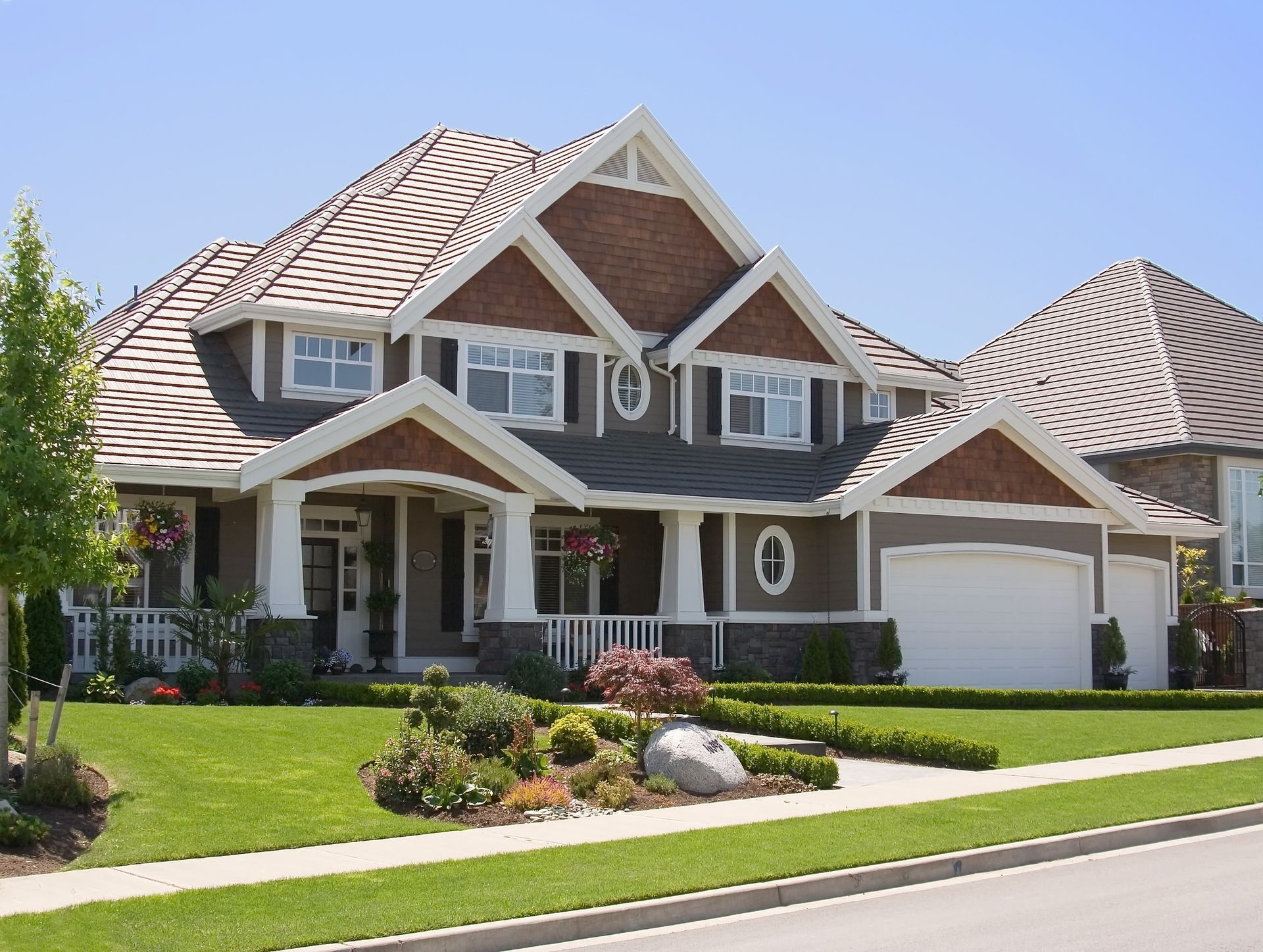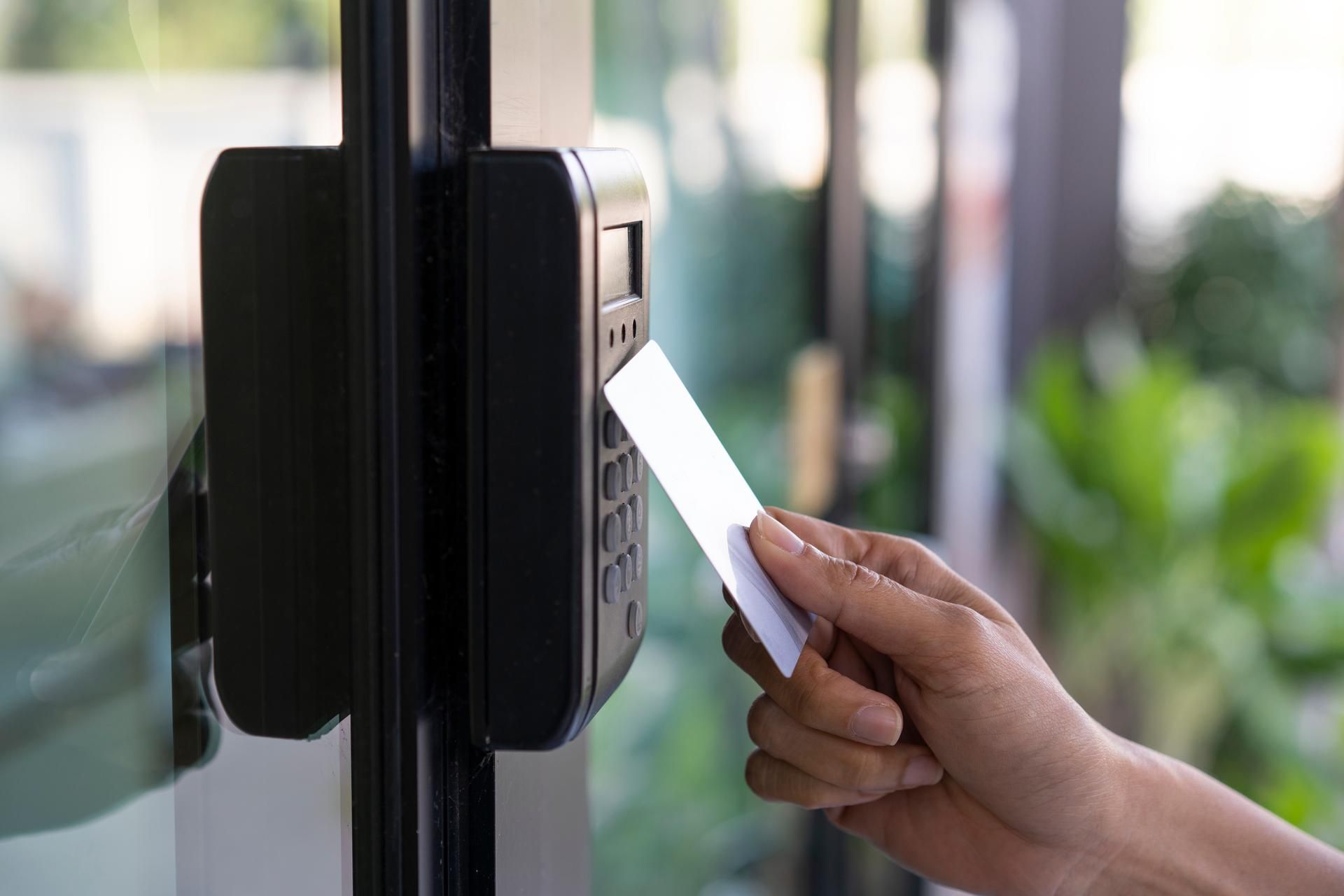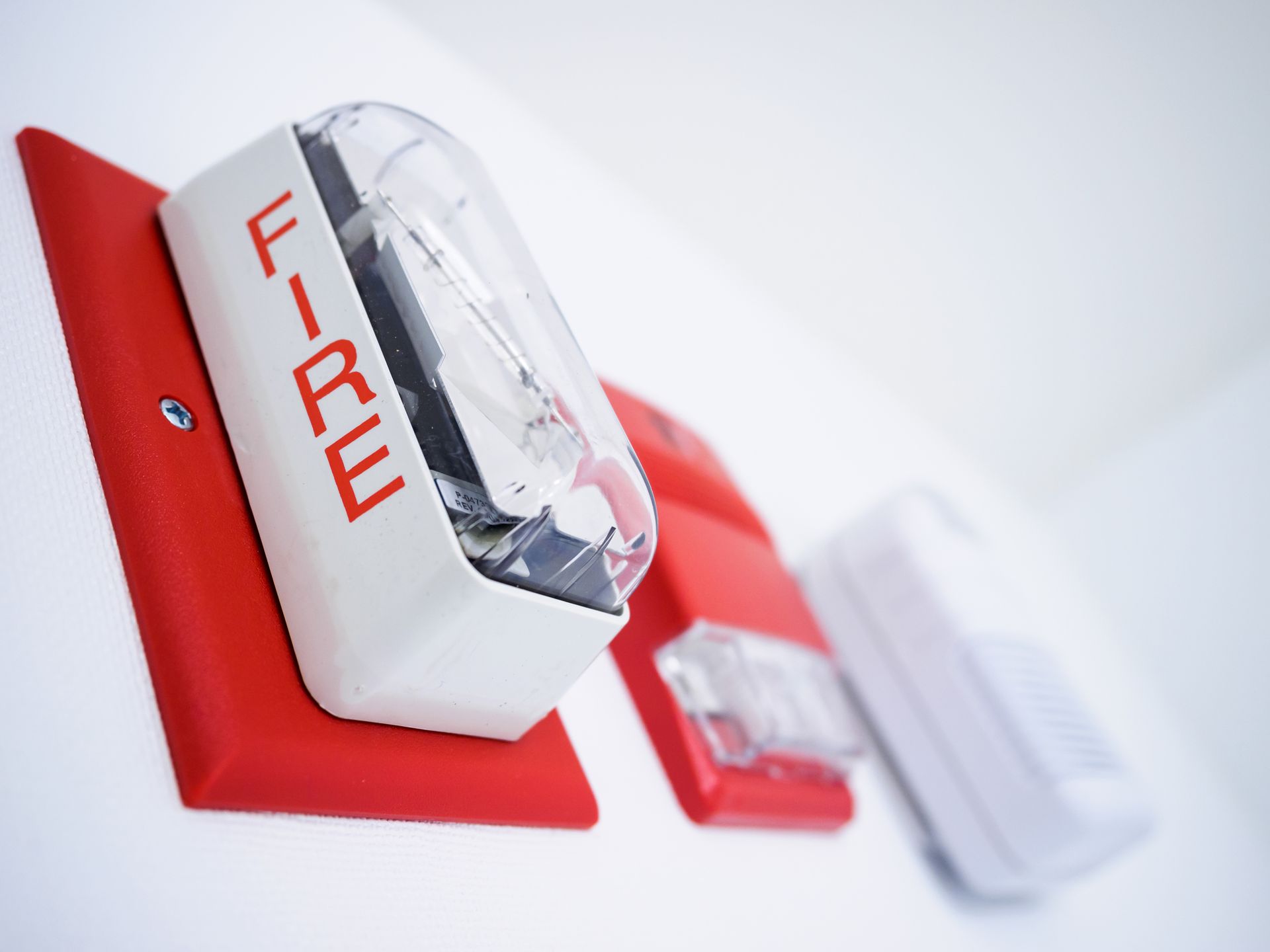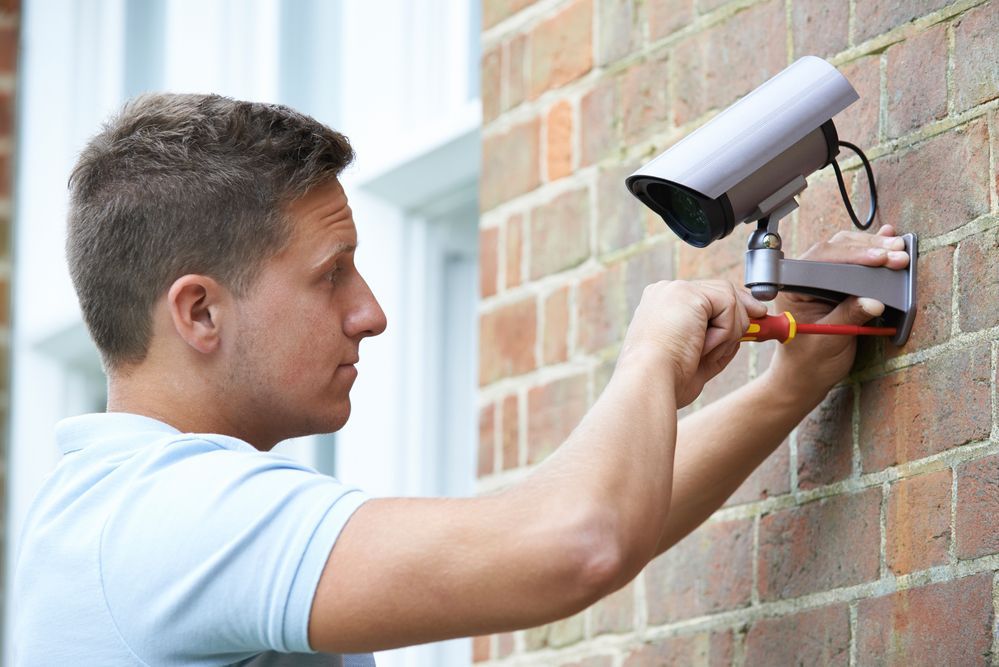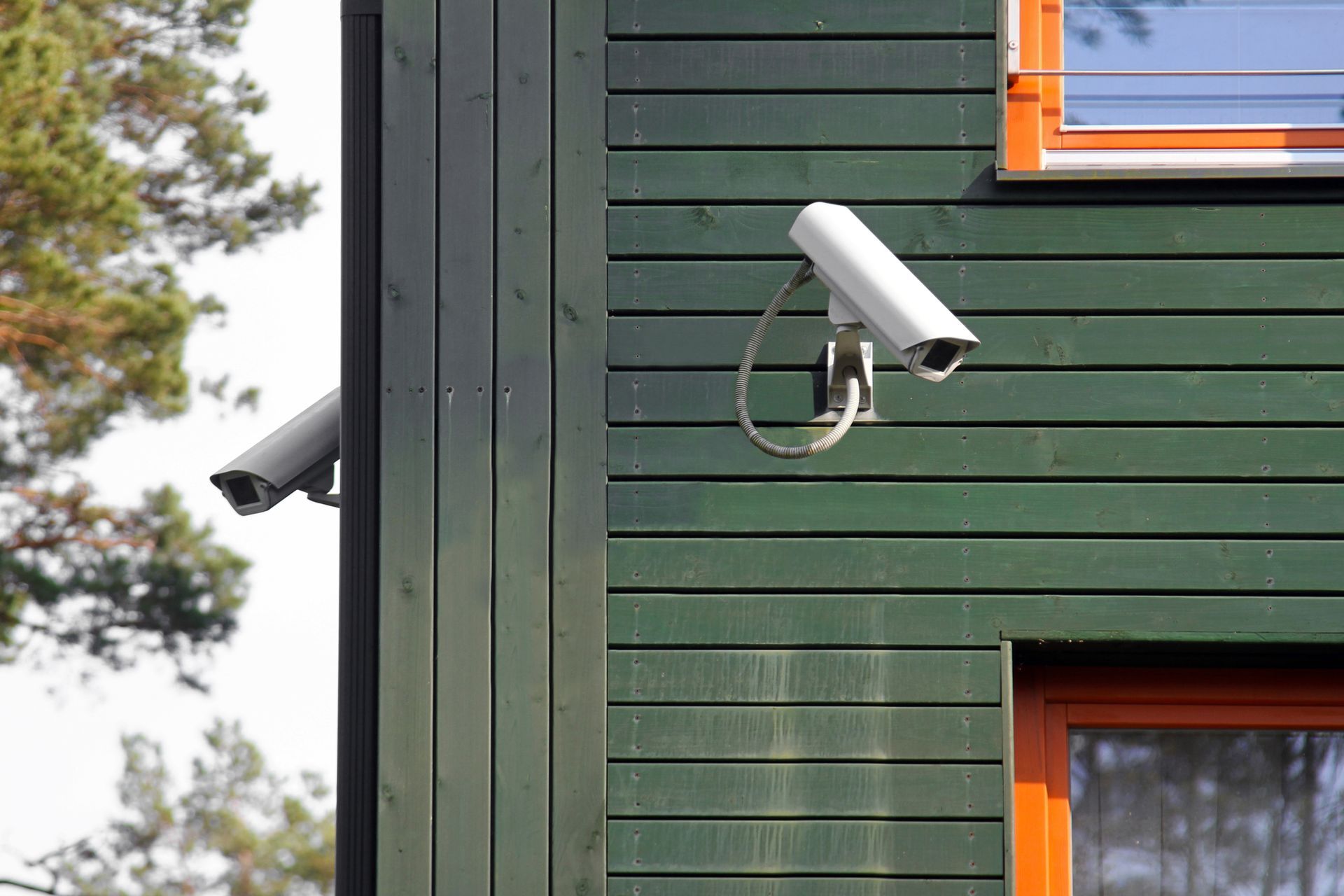Design Considerations for Apartment Intercom Installation
When it comes to apartment building security, an intercom system plays a pivotal role in ensuring both safety and convenience. If you are installing an intercom system in an apartment, understanding the design considerations involved can vastly improve its efficiency and reliability.
This blog will delve into various aspects that should be considered.
Understanding the Building Layout
Your initial focus should be the building's architectural layout. The positioning of intercom units — both the master console and individual units within apartments — must be strategically selected to maximize both coverage and accessibility. Considering high-traffic areas like entrance lobbies, common hallways, and specific locations within individual units will be crucial in guaranteeing comprehensive communication capabilities.
Power Supply and Connectivity
A reliable power supply is fundamental to the operational success of any intercom system. Consistency is key, so planning for an uninterrupted power source is non-negotiable. This might involve integrating battery backups or even emergency power generators to guarantee functionality during power outages. Equally important is the system’s connectivity; utilizing wired or wireless technology depending on the building’s infrastructure can greatly affect performance. Wired systems might offer more reliability, whereas wireless systems allow greater flexibility in terms of installation and future upgrades.
Integrating with Other Security Services
An intercom system should not exist in isolation; on the contrary, it should seamlessly integrate with other security measures already in place within the building. For instance, combining the intercom with CCTV cameras allows residents to both see and hear who is at the entrance before granting access. Similarly, linking it with access control systems like keycard readers or electronic locks can further fortify the building’s security. Ensuring interoperability between these systems requires careful consideration during the design phase.
Acoustic and Visual Clarity
The efficiency of an intercom system is heavily dependent on its audio and video clarity. High-definition cameras and advanced microphone technology should be part of your design specifications to ensure clear communication. Acoustic considerations, such as minimizing background noise and echoes, should be addressed by choosing optimal locations and possibly acoustic treatment. Employing soundproofing measures around intercom units can also enhance the quality of communication.
Ease of Use
User-friendliness is paramount, especially in apartment buildings that house residents of various ages and technological proficiency. Intercom systems should have intuitive interfaces and straightforward operating mechanisms. Touchscreen panels with clear, easily navigable menus can simplify user interaction. Additionally, providing optional mobile app integration can offer residents the convenience of operating the intercom system from their smartphones, adding a layer of flexibility and modern appeal.
Durability and Maintenance
Selecting durable materials that can withstand daily wear and tear is another critical aspect. In high-traffic areas, intercom units are subject to frequent use and potential abuse, necessitating robust design choices. Weather-resistant models are a must for any outdoor installation to protect against environmental elements. Regular maintenance schedules should be established to ensure long-term reliability, including routine inspections and software updates to the intercom system.
Compliance and Legal Considerations
Adhering to local building codes and regulations is essential when designing and installing intercom systems. This includes ensuring the system is compliant with accessibility standards such as the Americans with Disabilities Act (ADA) in the United States. The design should also take into account any privacy laws that govern audio and video recordings within residential buildings, ensuring the solution respects residents’ privacy while providing security.
Cost-Benefit Analysis
Finally, conducting a thorough cost-benefit analysis helps in deciding the right system within the budget constraints. While it might be tempting to opt for the most economical solution, understanding the long-term benefits of a high-quality intercom system can justify a higher initial investment. This analysis should factor in not just the upfront costs but also the potential savings in maintenance, increased property value, and enhanced resident satisfaction over time.
Intercom installation in apartment buildings is a multifaceted task that demands careful planning and execution. By considering the aspects outlined above, you can install an apartment building intercom system that exceeds expectations.
Contact Harford Alarm to learn more about installing an intercom system in your apartment building.

